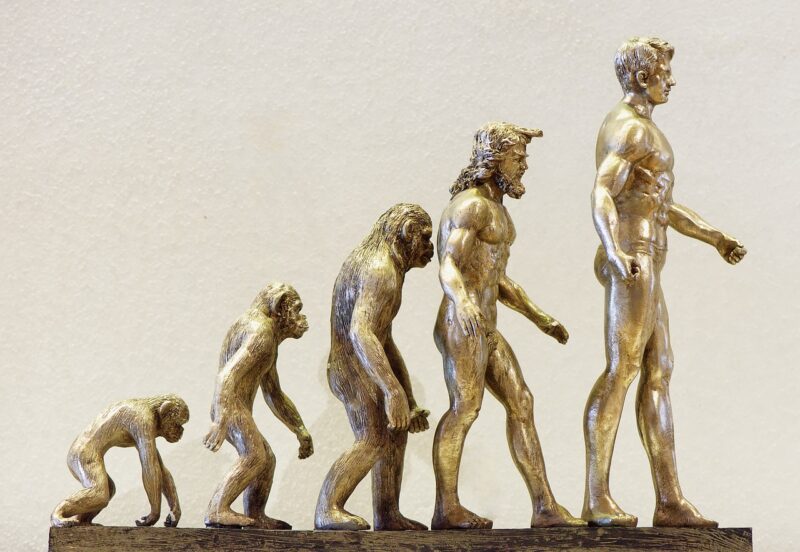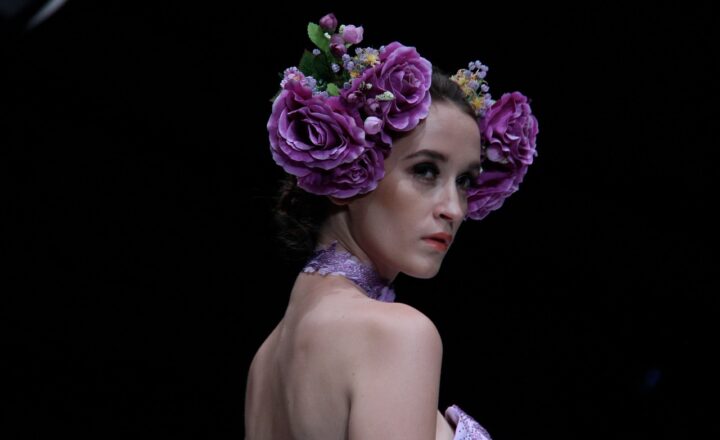The Evolution of Pop Culture Through the Decades
November 11, 2024

Pop culture, or popular culture, serves as a mirror reflecting the values, attitudes, and behaviors of society at any given time. It encompasses music, fashion, television, film, and even political movements. The evolution of pop culture through the decades reveals significant shifts not only in aesthetics but also in the collective psyche of society. This article will explore how pop culture has evolved over the decades, highlighting key trends and pivotal moments that shaped its trajectory.
1. The Roaring Twenties: Jazz, Flappers, and Social Change
The 1920s, often referred to as the Roaring Twenties, was a time of significant change in the United States and around the world. Jazz music surged in popularity, bringing African American culture into the mainstream. Iconic musicians like Louis Armstrong and Duke Ellington introduced new sounds that defined the era.
Flappers challenged traditional gender norms, opting for shorter dresses, bobbed hair, and a lifestyle that embraced independence and leisure. This decade was marked by the growing influence of mass media, including radio and film, which made pop culture accessible to a broader audience than ever before.
2. The 1930s: Escapism Amidst Hard Times
The Great Depression of the 1930s shifted the focus of pop culture toward escapism. Hollywood emerged as the primary supplier of this escape, producing lavish musicals and comedies that provided relief from daily struggles. Films such as The Wizard of Oz and Gone with the Wind captured audiences’ imaginations and transported them into fantastical worlds.
Radio became a household staple, providing news, entertainment, and the birth of new genres such as soap operas. This was a time when the cultural icons of the time, like Bing Crosby and Judy Garland, became household names, setting trends that would define fashion and music for generations.
3. The 1940s: War and Its Consequences
The impact of World War II reverberated through the pop culture of the 1940s. The war influenced everything from fashion, with utility clothing becoming popular, to music, where swing bands like Glen Miller’s topped the charts. Soldiers and their sacrifices were romanticized in films, with movies like Casablanca drawing massive audiences.
Post-war America saw the rise of consumerism, with families eager to enjoy the newfound prosperity. The onset of television began to shape pop culture, introducing shows that would soon become staples in American homes, such as I Love Lucy.
4. The 1950s: Rock and Revolution
The 1950s are often viewed as a golden age of pop culture. Rock and roll exploded onto the scene with figures like Elvis Presley and Chuck Berry leading the charge. This genre fused rhythm and blues with country music, creating an electrifying sound that appealed to the youth of the nation.
Television cemented its place in American life, with sitcoms such as Leave It to Beaver portraying an idealized version of family life. However, this era also marked the beginning of significant cultural shifts, with the civil rights movement gaining momentum and questioning the status quo of American society.
5. The 1960s: A Cultural Explosion
The 1960s ushered in some of the most transformative changes in pop culture. The counterculture movement, characterized by peace, love, and anti-establishment sentiments, emerged prominently. Music became a powerful tool for social change, with artists like Bob Dylan and The Beatles leading the charge.
Fashion evolved dramatically with the introduction of styles such as miniskirts and tie-dye, representing a rebellion against traditional norms. Television shows like The Ed Sullivan Show spotlighted emerging artists and cultural phenomena, making them household names almost overnight.
6. The 1970s: Disco and Diversity
The 1970s are synonymous with disco music, colorful fashion trends, and a celebration of diversity. Dance clubs became safe havens for people from all walks of life, embracing the spirit of inclusivity that defined the decade. Icons like Donna Summer and the Bee Gees dominated the music scene.
Television evolved to become even more diverse, giving rise to shows that tackled real social issues. Programs such as All in the Family brought discussions around race and equality to the forefront, reflecting shifting societal attitudes. Film also thrived, with movies like Saturday Night Fever encapsulating the zeitgeist.
7. The 1980s: Technology and Personal Expression
The 1980s saw a technological explosion that dramatically altered how pop culture was consumed. The introduction of MTV revolutionized the music industry, showcasing music videos as a form of art and marketing. Rock bands like Duran Duran and pop icons like Michael Jackson and Madonna became global superstars.
The fashion of the ‘80s was characterized by bold colors, shoulder pads, and larger-than-life styles. Movies such as The Breakfast Club and Ferris Bueller’s Day Off captured the spirit of teen angst and rebellion, cementing the decade’s cultural significance.
8. The 1990s: Grunge, Hip-Hop, and globalization
The 1990s marked a diverse range of pop culture from the rise of grunge music led by bands like Nirvana to the emergence of hip-hop as a predominant force in music. The decade also saw the globalization of culture, with the internet beginning to change how music, fashion, and media were consumed.
Television became more sophisticated, with series such as Friends and The Fresh Prince of Bel-Air showcasing multicultural experiences and addressing various social issues. Movies like Titanic showcased grand storytelling that transcended cultural boundaries, setting box office records.
9. The 2000s: Digital Revolution and Reality TV
As the new millennium hit, the internet led a digital revolution, fundamentally changing how pop culture was created and consumed. Social media platforms like Facebook and YouTube emerged, allowing users to share content and connect globally.
Reality television became a cultural phenomenon, with shows like Survivor and American Idol drawing millions of viewers. The music industry also underwent changes, with the rise of artists who leveraged digital platforms to launch their careers, including the likes of Britney Spears and Eminem.
10. The 2010s and Beyond: Inclusivity and Streaming Culture
The last decade has witnessed an increasing push for inclusivity in pop culture. Movements like #MeToo and Black Lives Matter have reshaped how films, television, and music approach storytelling, demanding representation and equality.
Streaming services like Netflix and Spotify transformed how audiences consume media, prioritizing on-demand access over traditional formats. New genres emerged, and artists from diverse backgrounds gained national and international prominence, telling their stories in ways that resonate with broader audiences.
Conclusion
The evolution of pop culture through the decades reveals a rich tapestry woven from social, political, and technological threads. Each decade brought unique challenges and triumphs that contributed to the complex landscape of popular culture we experience today. As we move further into the 21st century, pop culture continues to adapt, reflecting the ever-changing attitudes and values of society. Understanding this evolution helps us appreciate the nuances of our cultural landscape and fosters a greater connection to the world around us.








